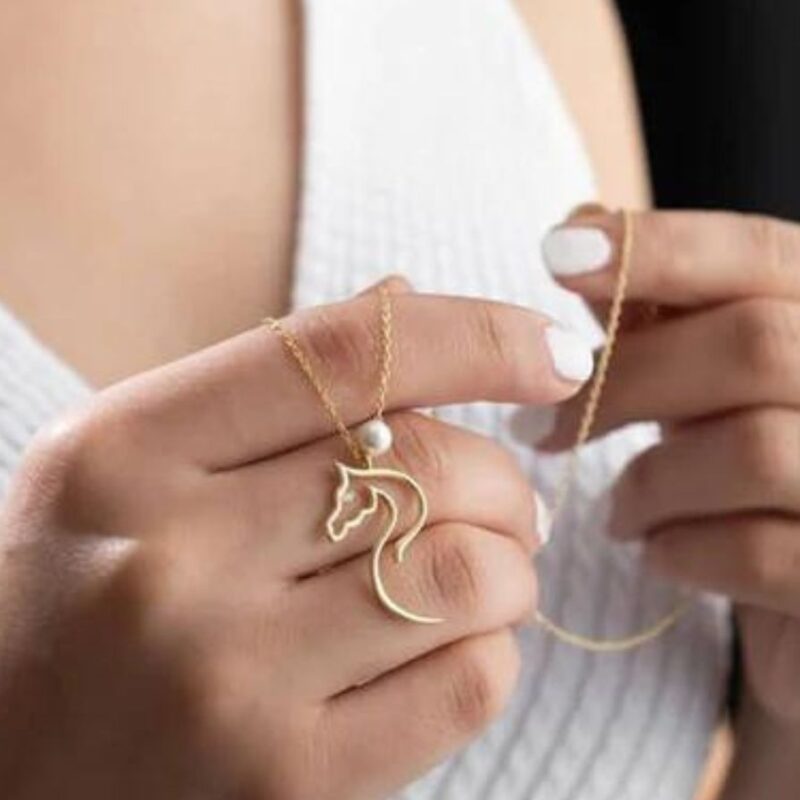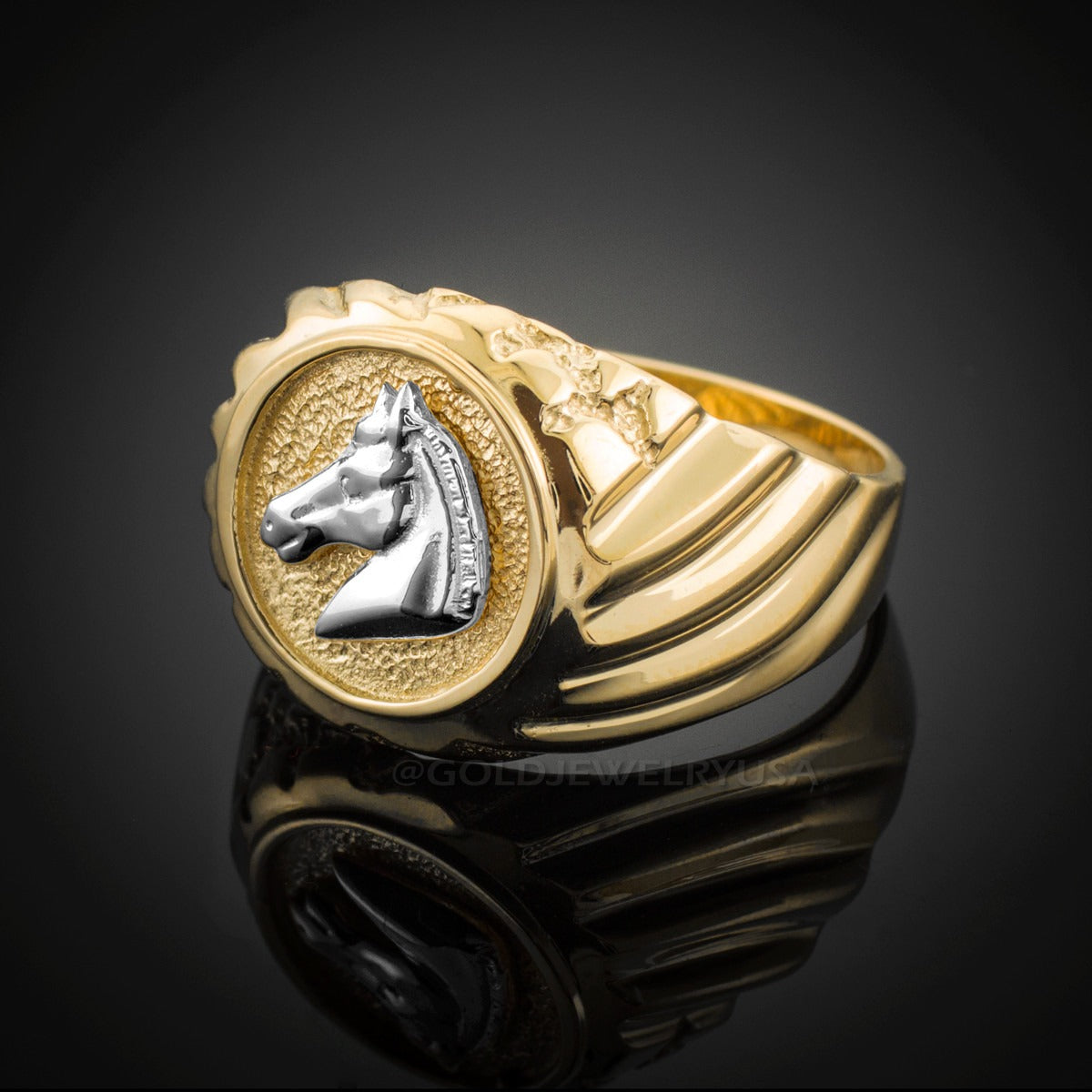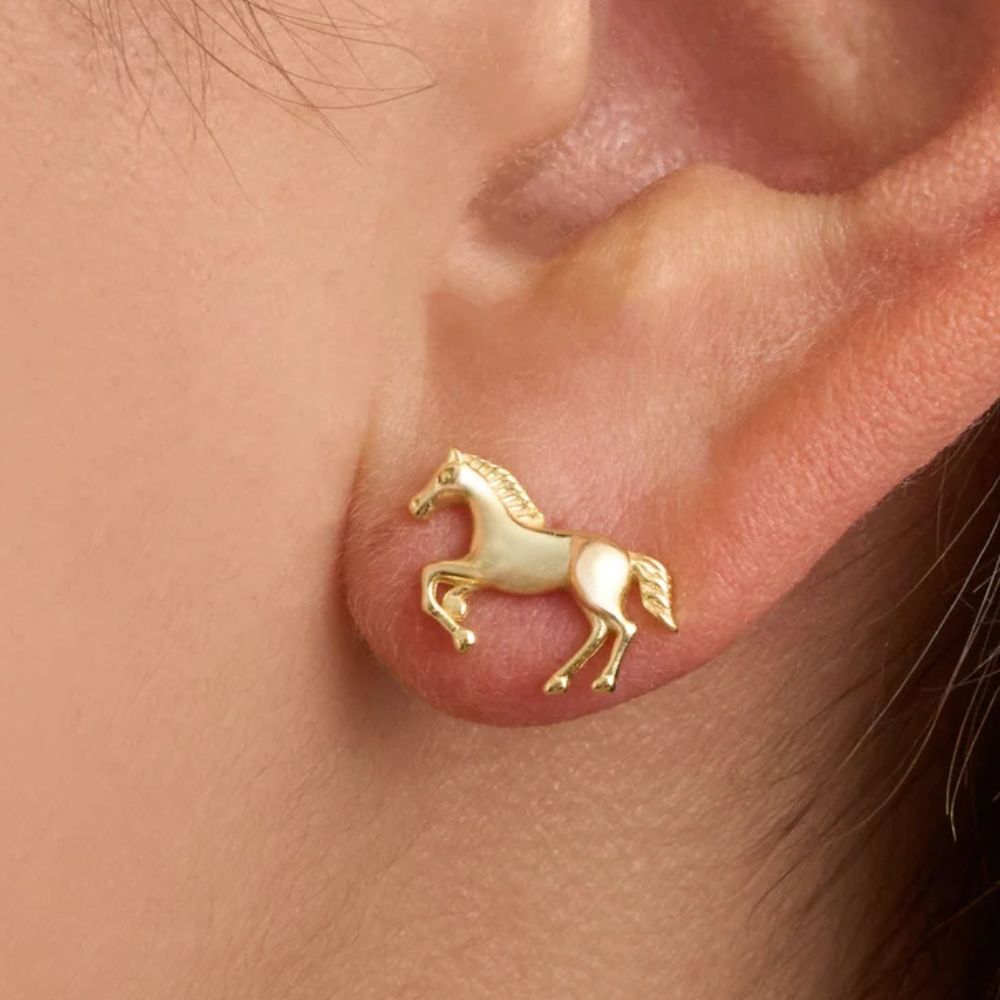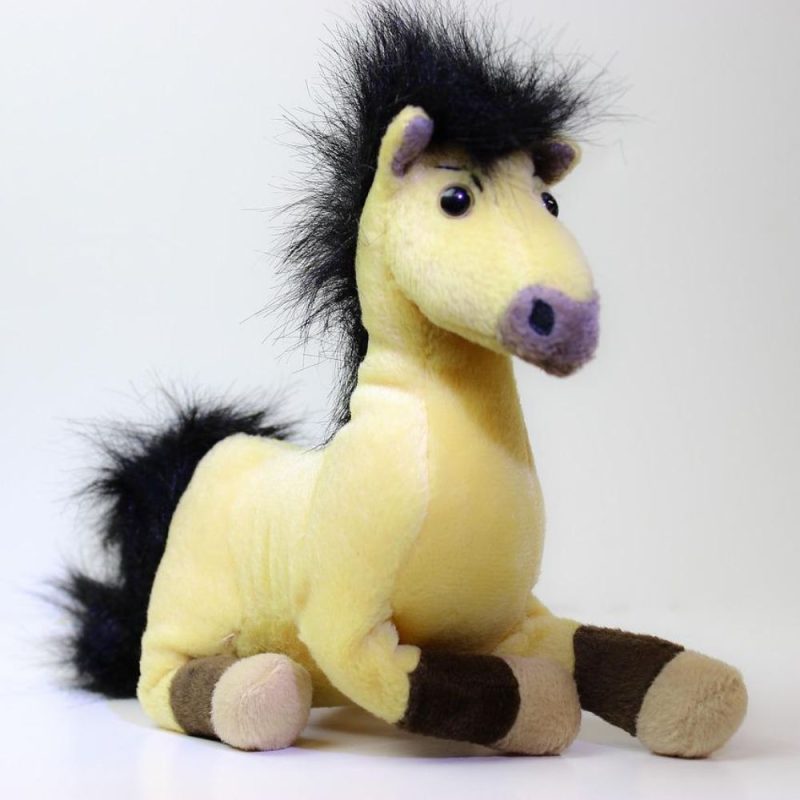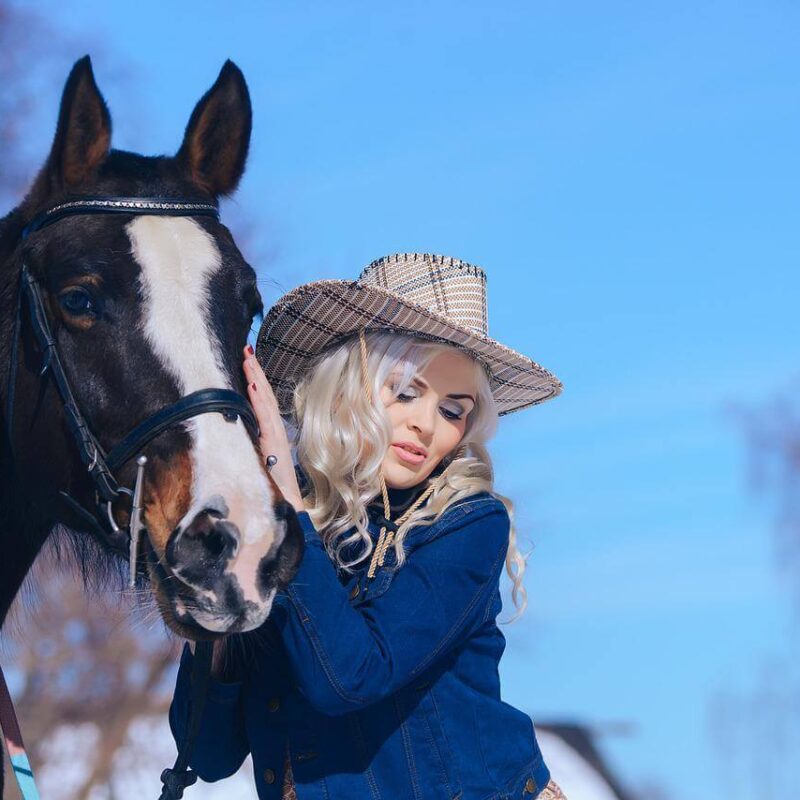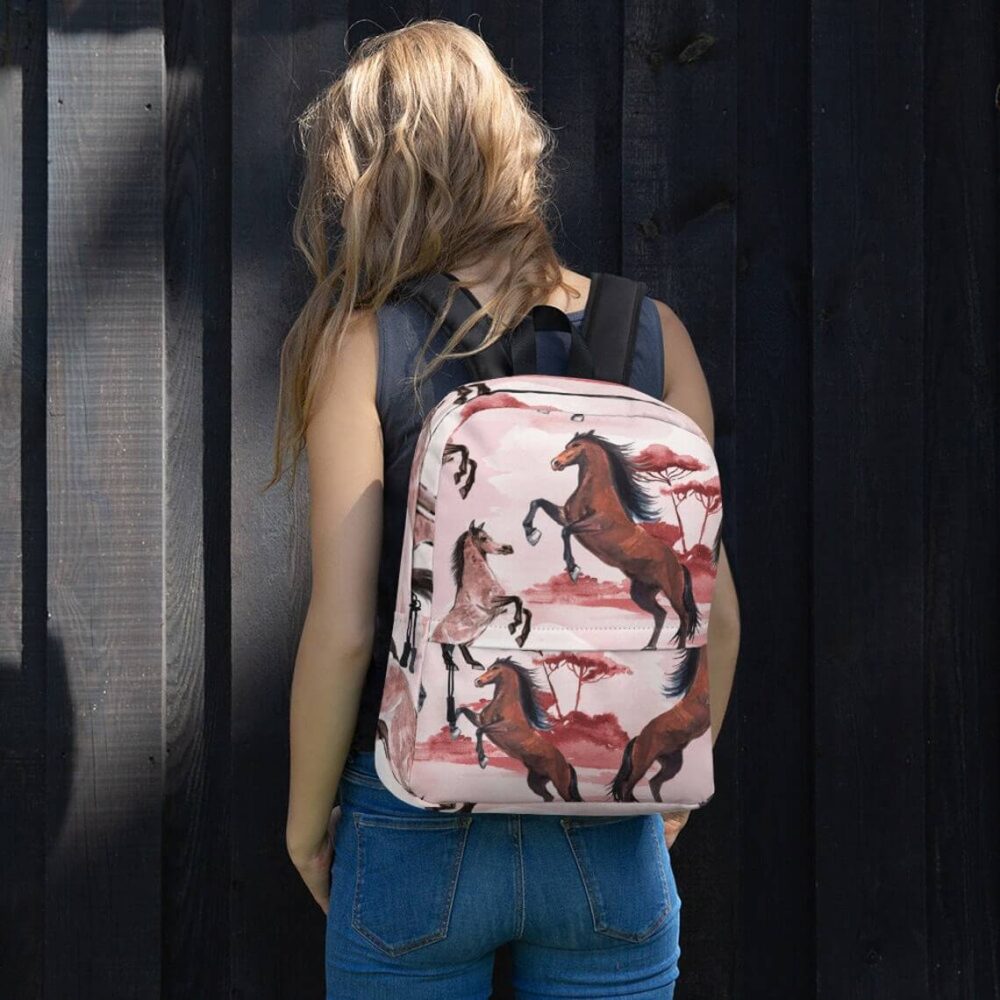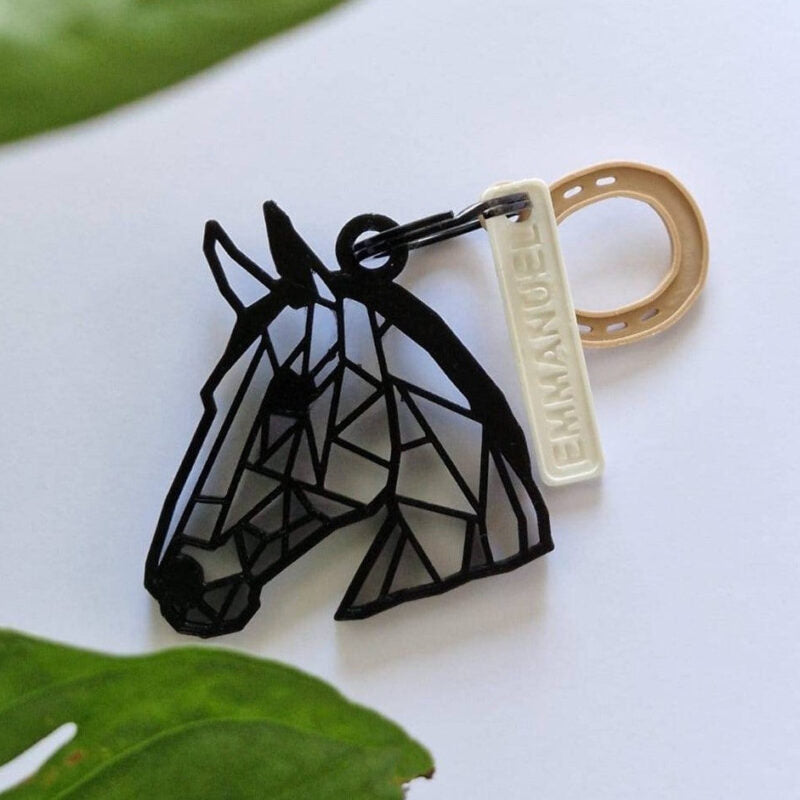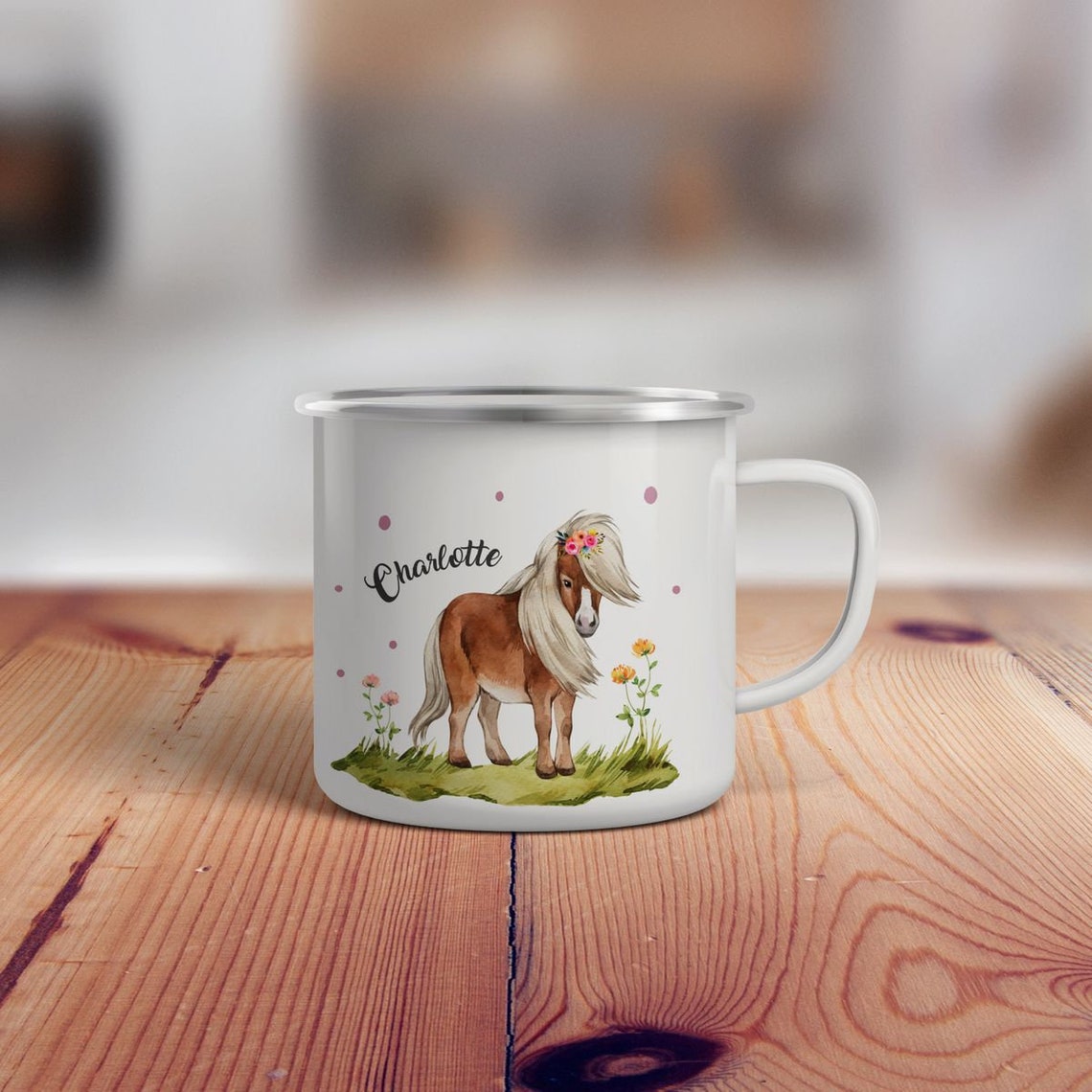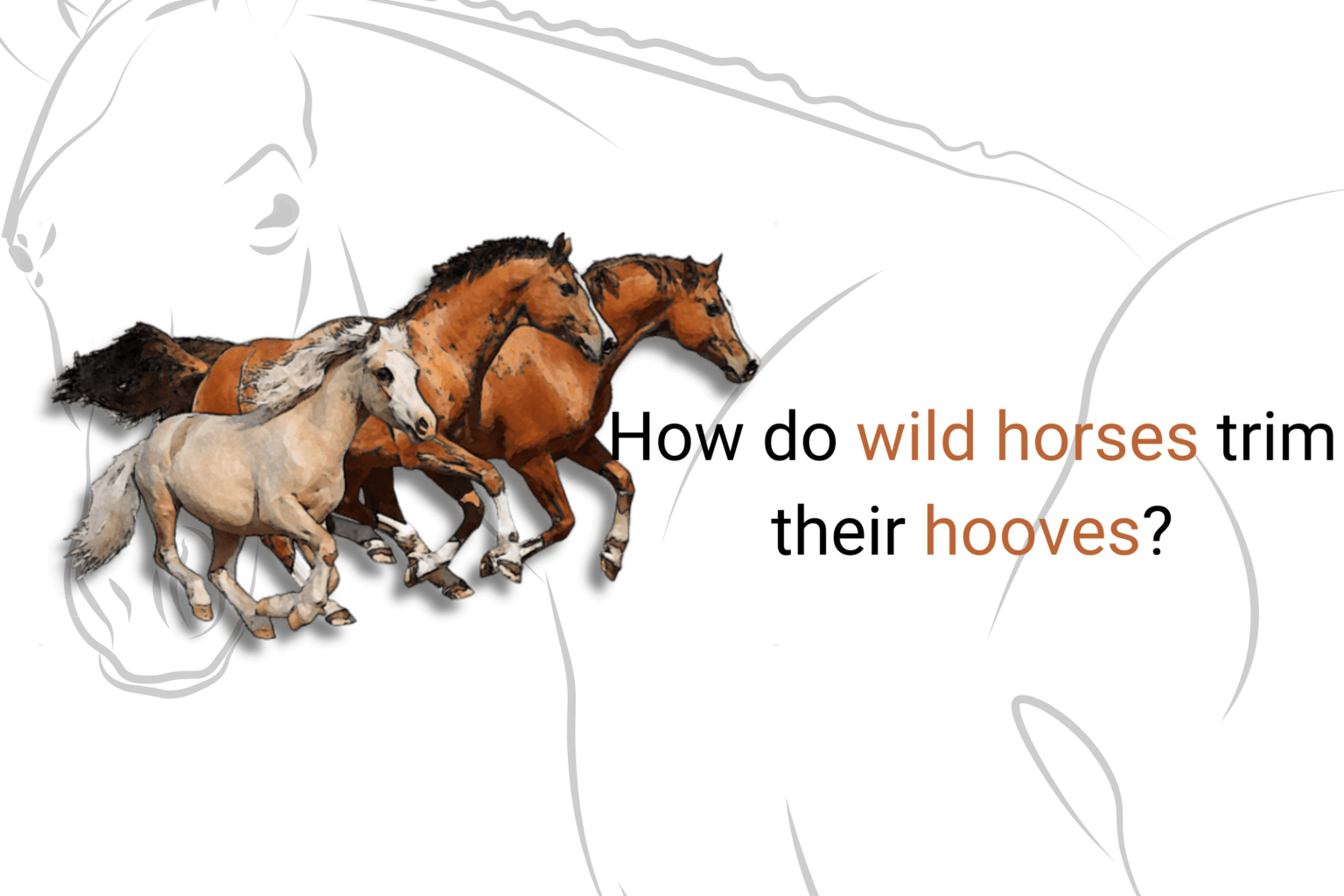
How do Wild Horses Keep Their Hooves Trimmed?
When you think about the wonders of nature there is a question that often presents an unanswerable dilemma to many people: how do wild horses keep their hooves trimmed? In the following paragraphs we’ll tackle this fascinating issue in depth and provide valuable insight on the ways that horses take care of themselves wild horses.
Chapter 1: The Natural Balance of Equine Hooves
The wild’s intrigue is never ending to amaze. Sometimes, it causes us to think about things that we would normally consider normal in our homes. One example is the care of horses’ hooves. When we examine our horse’s tame companions and see that they receive regular visits from a farrier are vital. However, on the open, farriers are not present. So, how do we ensure that wild horses are able to continue to flourish? How do wild horses trim their hooves?
To understand this intriguing mystery, we need to be aware of the nature of hooves on horses. The hoof isn’t a fixed, stable structure. It is constantly growing, just like the human fingernails. If it is not checked it could cause serious health problems. Hooves with excessive growth can be cracked and infected, which can cause horses immense discomfort and even causing it to become crippled.
➤ Also Read: Are There Still Wild Horses: A Look into America’s Untamed Heritage
In a home environment, horses get their hooves cut regularly to avoid this occurring. A farrier is skilled in ensuring the balance and health of horses’ hooves. He makes sure they are cut to a level that allows horses to walk with ease and prevents problems caused by overgrowth. However, nature doesn’t supply wild horse with farriers. The issue is how do wild horses keep their hooves trimmed?
The answer is surprisingly simple and complicated at the same time, just like nature itself. Wild horses roam across various landscapes, ranging from the rugged hillsides of the mountains, to the desert plains and forests and grasslands. Every step they make on the various surfaces functions like a natural filing that wears their hooves down and stopping overgrowth.
As opposed to their domestic counterparts wild horses are always moving. They aren’t able to enjoy the comforts of having regular meals delivered to them. Instead, they have to travel long distances to find water and food, logging up to 20 miles each day. It’s part of their daily routine which calls for a lot of physical activity. This constant movement can cause wear and tear that they put on their hooves. This ensures that they’re always at an ideal length. This way of life, which matches that of their prehistoric predecessors, provides an idea of how horses in the wild trim their hooves.
It’s important to note that hoof overgrowth is typically an arduous process. With the vast amount of ground wild horses have to cover every day and their hooves having the perfect length of time regenerate before being worn down again. It’s a delicate process, one that the natural world has perfected over the course of thousands of years.
The first piece of the puzzle how do wild horses take care of their hooves is their active, natural way of life, as well as the varying terrain they explore. Their hooves are naturally trimmed by their daily activities, without the need for human intervention. It’s a tribute to the amazing self-sustaining system of nature. However, as you’ll discover that this is just one aspect of the tale. There are other elements in play that help wild horses to sustain their hoof health, and which we’ll explore in the subsequent chapters.
Add a touch of elegance to your style with our stunning horse-themed jewelry collection! Explore our exquisite Horse Jewelry and Equestrian Jewelry for timeless pieces that celebrate your love for horses. Find the perfect Horse Necklace to complement your look or elevate your accessories with a luxurious Gold Horse Pendant. For a unique touch, check out our Horseshoe Jewelry, or slip on a stunning Horse Ring or Horseshoe Ring. If you’re looking for something extra special, a Gold Horseshoe Ring will add a refined and meaningful touch. Find your perfect accessory today and showcase your equestrian spirit!
Chapter 2: The Impact of Diet on Hoof Health
In examining the fascinating tale that is how do wild horses keep their hooves trimmed We proceed to the next crucial factor in this natural process: diet. The effect of a horse’s diet upon its overall health is significant and hoof health isn’t an the exception to this.
In stables, horses usually eat on a particular diet designed by their handlers that typically include grains, hay, and even nutritional supplements. However, in the wild there’s no one around to create such a menu. Wild horses have to depend on the food readily available in their natural environment to survive. That’s why, how do horses in the wild trim their hooves, and what factors in their diet help?
Wild horses, commonly known as wild horses, primarily feed on diverse species of grasses and plants in their natural habitats. The diet they consume varies according to their location, as well as the season. They eat a wide variety of legumes, grasses, shrubs, and even trees bark in winter. The diverse diet of plants is rich in minerals and nutrients needed to maintain healthy hoof growth.
One essential mineral, for instance is biotin. It’s usually associated with nails and hair that are strong in humans, however it is also a key component in horses as well. Biotin aids in healthy hoof growth and could greatly improve the hoof’s hardness and strength. It is naturally present in many of the species that wild horses consume.
Furthermore, the fibrous component of these grasses helps in digestion, allowing an energy release in a gradual manner which allows these horses to move constantly throughout the day. The continuous movement, as we learned during the last chapter is a key factor in the way that wild horses trim their hooves naturally.
It’s also worth noting that the diet of wild animals generally is lower in starch and sugar when compared with commercial feeds for horses. A diet rich in sugar and starch may cause laminitis, an inflammatory condition that affects the hooves of a horse. Wild horses, because of their diet, are at a lower chance of developing health issues.
So eating the wild horse’s diet, controlled by nature, ensures the proper balance of nutrients that are essential to healthy hoofs. How do wild horses trim their hooves? The answer is in the synergy between a varied plant-based diet, which helps to strengthen and resiliency of their hooves. This allows them to endure their wear and tear that comes with their erratic lifestyle.
As we continue through this tale as we go along, we’ll discover additional aspects, like the differences in lifestyle between wild and domestic horses, and evolutionary factors which explain how do horses trim their hooves in the wild. The multi-faceted approach to this issue is a great illustration of the way wild horses are adaptable to their surroundings and the ways that nature with all its beauty has adapted these magnificent creatures to be able to survive on their own.
Chapter 3: Lifestyle Differences Between Domestic and Wild Horses
As we explore the fascinating question about how do horses trim their hooves in the wild It becomes clearer that lifestyle factors play a significant role. After having looked at the terrain and diet aspects in earlier chapters, let’s look at the differences in lifestyle between wild and domestic horses affect hoof care.
The daily life that a horse in the home whether it’s a pet that is loved by the family or showjumper a racehorse, is vastly different from the life of wild horses. An average domestic horse will spend the majority of its time in a stall, or a small paddock. It will come out regularly for exercises and training or for grazing. Their movements are often controlled and they’re rarely exposed to the same type of diverse, natural terrain as wild horses.
Then, consider the way of life for wild animals. The life of a wild horse revolves around constant movement. They spend their whole life outdoors, moving seeking water, food and protection from predators. Research suggests that wild horses cover anything from 5 to 20 miles per day, based on the available resources.
This is why it’s important to know how horses in the wild trim their hooves?
When a horse is moving the horse, it improves blood flow to the hooves and promotes healthy growth. Furthermore, as we saw in Chapter 1 the constant friction with different terrains acts as an natural filing system which wears down the hooves in order to stop overgrowth.
The wild horse also requires a more frequent exposure to various environmental conditions as well as natural. Contrary to domestic horses which are typically protected from extreme weather, wild horses have to endure the elements of all kinds – rain snow hot, cold, and even heat. This can affect the strength and durability that their feet exhibit.
Therefore, the secret for how horses trim their hooves in the wild is in their active lifestyles and continual movement. Their activities not only aid to naturally trim their hooves, but can also promote stronger, healthier hoof development.
As we continue to progress towards understanding how do wild horses take care of their hooves The next chapter will examine the fascinating role that evolution plays in the care and health of the hoof. The wide array of variables that are involved during this natural self-care process is an indication of the complicated and effective design of nature.
Chapter 4: Evolution’s Role in Hoof Maintenance
While our investigation of how do horses trim their hooves in the wild continues and we look to an incredibly powerful force that has affected every aspect of nature and includes our magnificent equines that are evolving. Through countless generations, evolution has played an important influence on the traits and behaviour in wild horses. including hoof health.
Domestic or wild horses belong to a species of mammals called Equidae that includes all kinds of donkeys, from the smallest all the way to the powerful and massive horses we usually imagine when we hear “horse.” If we take a look back through time, the first horse’s ancestors were multi-toed animals. Through evolution, horses changed to become one-toed, with the hoof essentially becoming an expanded and stronger third toe.
This evolutionary adaptation was prompted by the needs to survive of the animal in its natural habitat. The robust, sturdy hoof enabled the horse to traverse long distances over different terrains, while avoiding predators and seeking water and food. It’s a great illustration of the natural process of selection that is, the horses who had the best hooves to live living a nomadic life were those who managed to pass their genes on.
However how do wild horses trim their hooves and what role is evolution playing in this?
Evolution wasn’t only responsible for shaping the form for the horses hoof. it also influenced the way that it maintains itself. The habits of life for wild horses like moving across vast distances on a daily basis and grazing on the ground, are habits that have been ingrained for millennia. The resulting wear and tear on the hooves and serve as a self-trimming mechanism.
Additionally, horses’ ability to adjust to different diets depending on their geographical location and the season, as described in the chapter 2 has been affected by the process of evolution. Their diet, which is comprised of a variety of plant matter gives the necessary nutrients for a healthy hoof.
Through using the perspective of evolutionary we can understand the way in which the seemingly difficult problem that is how do horse hooves trim in the wild is a question that can be answered. Through thousands of years, wild animals have evolved an efficient method of the care of their hooves, that was born from the need to live and reproduce.
As we approach the end of our chapter, we’ll delve into the possible implications of the self-sustaining system and its potential application in the field of caring for our domestic horses. It’s not just about figuring out how do horses in the wild trim their hooves but taking lessons about this phenomenon in order to increase the overall health of our domestic horses.
Chapter 5: Implications for Domestic Horse Care
Knowing how do wild horses trim their hooves is more than the result of our curiosity. It is a significant issue regarding how we handle the health of our domestic horses.
Although we are unable to replicate wild environment completely but learning from their natural self-care practices can assist us in providing better care for our domesticated horses. This chapter will discuss the ways in which studying how do horses trim their hooves in the wild will help improve the care of domestic horses’ hooves.
One of the most significant lessons we learned from our study is the importance of moving. As we’ve discussed in earlier chapters, the continuous movement across a variety of environments is crucial to keeping the hooves of wild horses naturally groomed. While domestic horses do not require 20 miles a day to ensure the sake of survival, having regular and consistent movement is vital. It is possible to achieve this through regular exercise, longer turnout times, and through enrichment activities for horses that stimulate the movement of horses.
Understanding the effects of diet on the hoof of wild horses’ health is also a valuable source of information. The varied, plant-based diet high in vital nutrients and low in starch and sugar which wild horses consume helps to maintain their hoof health. Contrary to domestic horses, they are usually fed high-energy concentrated feeds that are loaded with sugars and starch. In light of this, there could be a need to rethink our feeding methods, in order to ensure that we provide a healthy, nutrient-rich and balanced food that promotes hoof health.
Furthermore, the character of the horse’s home is a major factor. While we aren’t able to replicate the vastness and diverse terrain in our stables and barns making sure that we provide a natural living space as much as is possible can be beneficial. For example, changing the terrain of exercise areas or turnout areas may expose horses’ hooves to various surfaces, thereby mimicking natural wear and tear of the horse to some degree.
Finally, the lessons learned from nature emphasize that, while human intervention through regular farrier visits is important and necessary, it should in the best way complement the horse’s natural hoof development and pattern of wear. The purpose of trimming the hoof and shoeing is to help maintain the balance of the hoof, not to make the hooves conform to an undefined “ideal.”
When we learn how do wild horse trim their hooves We gain valuable insight into their self-care techniques that have developed over a long period of time. In implementing some of these techniques and incorporating them into our equine health practices that we can improve the overall health of hooves and overall wellbeing that our horses. As we gain knowledge and grow in our knowledge the wild horse world continues to educate us, and is captivating us with its mysterious natural beauty.
Frequently Asked Questions
- How did wild horses trim their hooves in the past? Wild horses have always maintained their hooves due to their natural life – continuous moving across a variety of terrains, a balanced diet as well as natural selection.
- Can domestic horses naturally trim their hooves like wild horses? While the health of hooves in domestic horses may be improved through an unnatural lifestyle but they may require professional trimming because of the less diverse environments that they reside in.
- Why do domestic horses require human intervention for hoof care? Domestic horses generally don’t enjoy the same a variety of landscapes and the same lifestyle as wild horses. Hence, they require human help to ensure proper care of their hooves.
- Does the diet of wild horses significantly affect their hoof health? Yes, the varied diet of wild horses that is based on plants offers a balanced supply of vital nutrients that are helpful for hoof health.
-
Are wild horses’ hooves healthier than those of domestic horses? It’s not always the case. Both domestic and wild horses may suffer from hoof issues, though the causes are usually different because of their unique lives.

Conclusion
That’s why, how do horses in the wild trim their hooves? With a blend of the natural environment, a diverse diet and evolutionary processes wild horses can maintain their hooves with no necessity of an experienced farrier. This is a testament to the wisdom of nature and the intriguing world of wild horses. In spite of this self-care that is natural is important to keep in mind that both domestic and wild horses are susceptible to hoof health issues, but because of different conditions.








